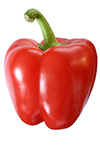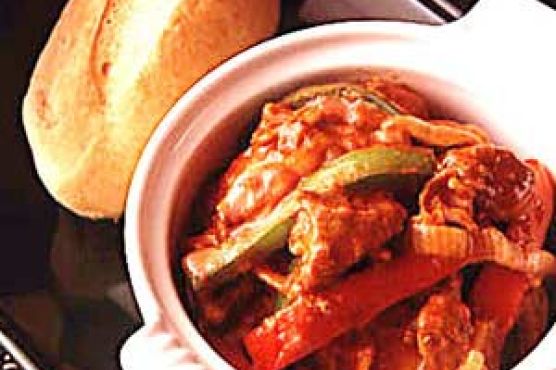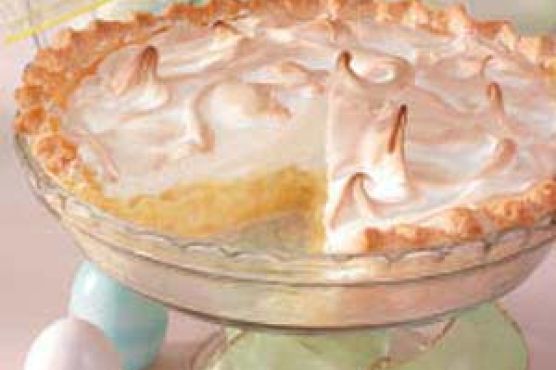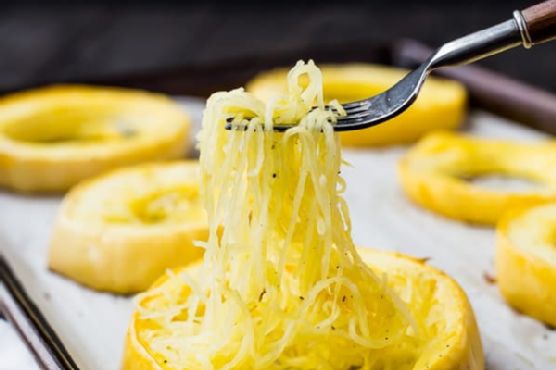Hungarian Lamb Stew
If you have about 2 hours and 30 minutes to spend in the kitchen, Hungarian Lamb Stew might be an amazing gluten free, dairy free, and whole 30 recipe to try. This recipe serves 9 and costs $1.38 per serving. This main course has 233 calories, 24g of protein, and 9g of fat per serving. This recipe from Taste of Home has 9 fans. If you have bacon, green bell pepper, tomato, and a few other ingredients on hand, you can make it. It can be enjoyed any time, but it is especially good for Winter. Only a few people really liked this Eastern European dish. With a spoonacular score of 70%, this dish is solid. If you like this recipe, take a look at these similar recipes: Hungarian Stew, Hungarian Winter Stew, and Hungarian Beef Stew.
Servings: 9
Preparation duration: 30 minutes
Cooking duration: 120 minutes
Ingredients:
3 slices bacon, cut into 1-inch pieces
1 teaspoon caraway seeds
1 garlic clove, minced
1 medium green pepper, sliced, divided
2 tablespoons Hungarian paprika
2 pounds lamb stew meat, cut into 1-inch cubes
2 medium onions, thinly sliced
3 medium potatoes, peeled and cut into 3/4-inch pieces
1 medium sweet red pepper, sliced, divided
1 teaspoon salt
1 large tomato, sliced
1 cup water
Equipment:
slotted spoon
paper towels
dutch oven
frying pan
Cooking instruction summary:
Directions In a Dutch oven, cook bacon over medium heat until crisp. Using a slotted spoon, remove to paper towels, reserving drippings. Cook onions in drippings until tender. Remove onions. Brown meat in drippings on all sides over medium-high heat. Return bacon and onions to pan along with the paprika, salt, caraway, garlic and half the peppers. Add water. Bring to a boil. Reduce heat; cover and simmer for 1-1/2 hours. Add additional water, if necessary. Stir in potatoes and remaining peppers. Bring to a boil. Reduce heat; simmer for 20 minutes. Add tomatoes; simmer 10 minutes longer or until meat and vegetables are tender. Adjust seasoning, if necessary. Yield: 9 servings. Originally published as Hungarian Lamb Stew in Country ExtraNovember 1991, p51 Nutritional Facts 1 cup equals 241 calories, 10 g fat (4 g saturated fat), 71 mg cholesterol, 388 mg sodium, 15 g carbohydrate, 2 g fiber, 23 g protein. Print Add to Recipe Box Email a Friend
Step by step:
1. In a Dutch oven, cook bacon over medium heat until crisp. Using a slotted spoon, remove to paper towels, reserving drippings. Cook onions in drippings until tender.
2. Remove onions. Brown meat in drippings on all sides over medium-high heat.
3. Return bacon and onions to pan along with the paprika, salt, caraway, garlic and half the peppers.
4. Add water. Bring to a boil. Reduce heat; cover and simmer for 1-1/2 hours.
5. Add additional water, if necessary.
6. Stir in potatoes and remaining peppers. Bring to a boil. Reduce heat; simmer for 20 minutes.
7. Add tomatoes; simmer 10 minutes longer or until meat and vegetables are tender. Adjust seasoning, if necessary.
Nutrition Information:
covered percent of daily need















